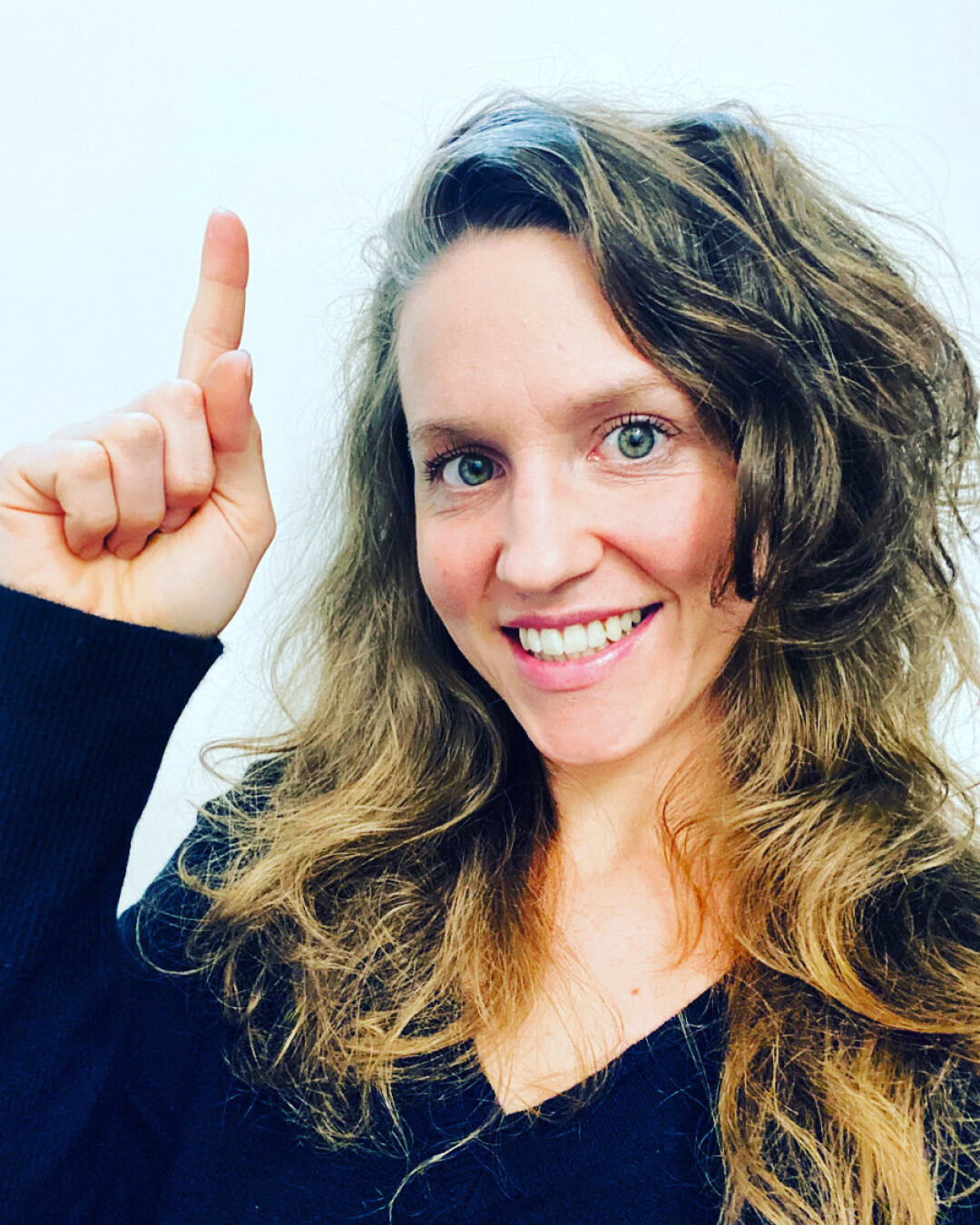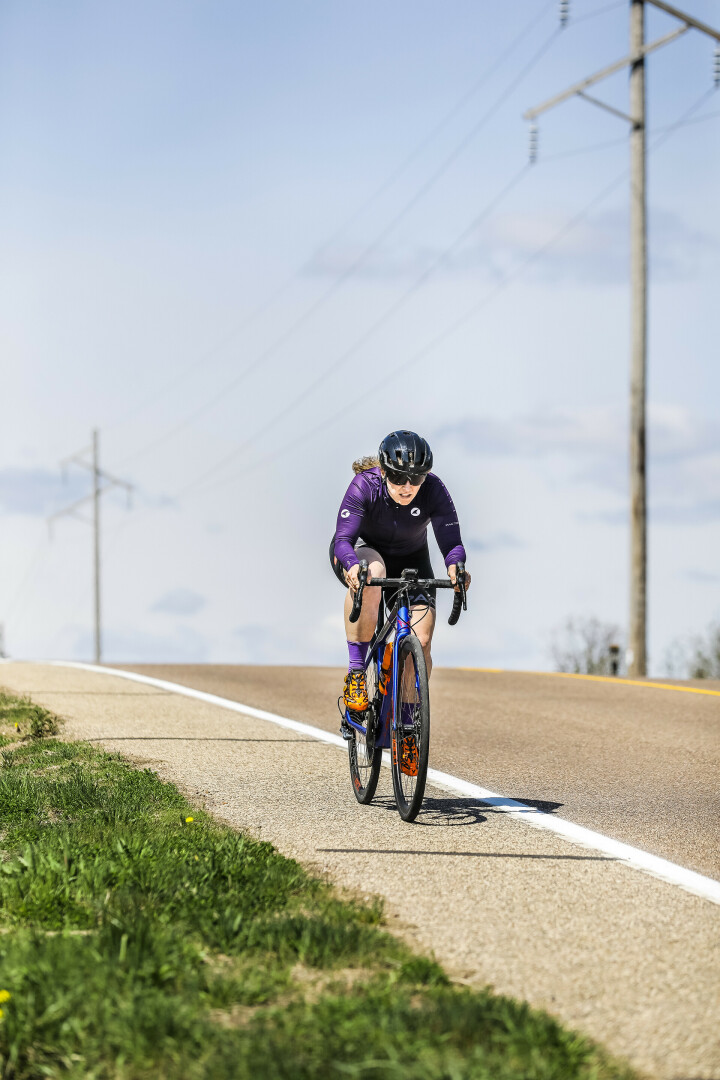A male training partner laughed at me once when I asked how cyclists could ride up long, mountain passes.
He emphasized that it took a little fitness and a lot of pacing, then launched into a litany of various mountains he had climbed with ease. Though I suspect he was trying to be encouraging, his advice had strong airs of being dismissive, and felt intimidating. Living and cycling in a town of about 65,000 means you know just about everyone. After about a year of biking consistently, curious women began asking me: How do you do it?
Truthfully, I didn’t really think that I was doing anything. Or at least, anything extraordinary.
I started exercising after emerging from a messy adolescence. I decided to run a marathon to help me stay sober, then used cycling to crosstrain during that time. I pushed myself a lot mentally and emotionally with running. I didn’t take care of myself, and it wasn’t long before my body and mind were in agony. It wasn’t until the spring of 2019 that I began cycling more consciously with the intent to improve and do races. It was a major challenge for me to bring a new mindset to endurance athletics: one that wasn’t self-indulgent, and instead contributed to the world around me. I showed up for group rides, I did a few local races and some semi-structured training.
”
I now say my favorite part about being a cyclist is being female. It continues to force me to show up on the hard days, push my limits, and challenge everything I think I know about myself and what it means to be feminine.
If we want the culture of cycling to be different, we have to show up. We have to be there to acknowledge our fears and strengths, challenge both, say yes, say no, or live with uncertainty.

SARAH MOUNT
LOCAL CYCLIST
It then dawned on me: Showing up as a woman to a group ride or event meant something. Not infrequently, I reflected, I was the only woman at such events.
Other women explained they were too intimidated to gear up, with a slew of reasons cited: the distances, speed, clothing requirements (how did I go to the bathroom!?), gender composition of group rides, and simply riding too close to other people. At the time, I was a practicing psychotherapist with a specialty in women’s issues. Listening to their concerns, all I could think about was creating a more equitable local community and getting more women riding, but I wasn’t sure how.
I tried assisting with promoting a local women’s ride through SHIFT Cyclery & Coffee Bar every Thursday evening. I felt compelled to take the initiative to lead a ride in the Chippewa Valley that emphasizes inclusivity and rider development. Participation was hit or miss, ability levels varied greatly, and there was not a lot of consistency. While I could see and feel positivity, something continued to feel uncomfortable.
I learned about “the rules” – ostensibly a list of 95 “tips” to help cyclists toughen up and train hard. In reality, this list comprises a few inside jokes, a few blunt suggestions to be tough, and a long list of exclusionary sexist tripe not worth the paper it’s printed on. One rule instructs people to “get over it” if a woman passed them. Rule 11 instructs riders to value their bike, then their car’s paint job, then their wife – in that order. I was on the receiving end of sexist comments that sincerely hurt. Things like, “Even the women’s cat 1/2 don’t look very fast … if I were in the woman’s sprint I would have won … all athletes should wear a size small.”
I wondered: Did I even want to be a part of this?
I did. I knew that I did. I wanted to challenge my fears and keep pedaling.
So, I did. It was simple: ride my bike, or don’t. Keep moving, or don’t. Give into the pain, or don’t. I became more and more confident. I tried riding more difficult routes on my own, and I’d eventually set personal records alone. I started to fully invest in myself as a cyclist. After about two years, I started training in the long mountain passes that once seemed so unattainable to me.
I now say my favorite part about being a cyclist is being female. It continues to force me to show up on the hard days, push my limits, and challenge everything I think I know about myself and what it means to be feminine. If we want the culture of cycling to be different, we have to show up. We have to be there to acknowledge our fears and strengths, challenge both, say yes, say no, or live with uncertainty.
It doesn’t matter; we just have to be there.
Mount plans to lead local group rides in the Chippewa Valley this summer that promote inclusivity. Watch VolumeOne.org for more details!




















